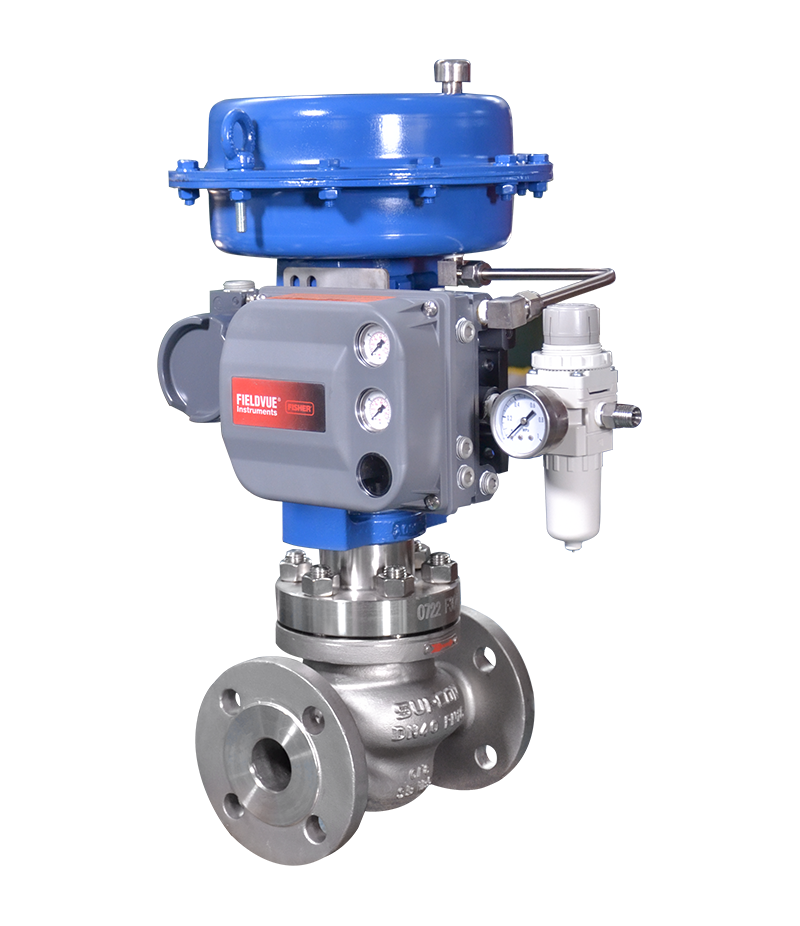The Role of Control Valves in Liquid Flow Monitoring Solution
The Role of Control Valves in Liquid Flow Monitoring Solution
Blog Article
Achieve Seamless Assimilation and Control With Top Quality Structure Automation Controls
In the realm of modern-day building management, the importance of high quality building automation controls can not be overemphasized. Welcoming top quality structure automation controls is not just an issue of benefit yet a strategic critical for organizations aiming to enhance their centers' efficiency and sustainability.

Advancement of Building Automation Controls
Throughout the previous few years, the advancement of developing automation controls has substantially transformed the method buildings are managed and run. Building automation systems mainly focused on standard functions such as managing ventilation, home heating, and air conditioning (HEATING AND COOLING) systems. Nonetheless, as modern technology advanced, these controls have come to be extra innovative, enabling a bigger variety of structure systems to be incorporated and managed centrally.
The evolution of constructing automation controls has actually seen a change towards even more smart systems that can adjust to altering problems in real-time. This adaptability is vital for maximizing energy efficiency and making sure occupant convenience. In addition, modern building automation controls currently supply features such as predictive upkeep, remote monitoring, and information analytics, making it possible for facility supervisors to make data-driven choices to enhance structure efficiency.

Advantages of Top Quality Combination
The innovation in structure automation regulates towards more smart systems has actually emphasized the significant advantages of quality integration in maximizing building operations and improving overall efficiency. Quality assimilation of constructing automation controls provides several vital benefits. It leads to improved energy effectiveness by allowing different systems to function with each other seamlessly, guaranteeing ideal efficiency and decreasing energy wastage. Secondly, top quality combination improves resident comfort and productivity by allowing customized control over ecological settings like lighting, air, and temperature high quality. This modification can lead to an extra comfy and favorable working or living setting. Furthermore, high quality integration streamlines upkeep and repairing processes, as all systems are adjoined and can be checked and controlled from a centralized user interface. This central control likewise provides much better presence and understandings right into building performance, enabling proactive upkeep and optimization methods. On the whole, the benefits of quality integration in structure automation controls are undeniable, using boosted efficiency, convenience, and functional effectiveness.
Boosted Individual Experience and Accessibility
Enhancing user interaction with building automation manages with instinctive layout and improved access boosts the total experience for residents and facility managers alike. By concentrating on customer experience, building automation systems can become a lot more straightforward and effective. Intuitive interfaces, clear navigating, and customizable settings equip users to engage with the controls easily and properly.
Ease of access functions play a useful content vital role in making certain that all individuals, consisting of those with disabilities, can utilize the building automation regulates easily. Incorporating attributes such as voice commands, responsive switches, and color-contrasted displays can improve access and make the controls extra inclusive.
Moreover, enhanced customer experience causes higher user complete satisfaction, raised efficiency, and much better decision-making. Occupants can change environmental settings according to their preferences, while facility managers can effectively check and handle structure systems - control valves. Generally, prioritizing individual experience and ease of access in structure automation controls adds to a more seamless and effective structure setting for all stakeholders included
Lasting Practices With Automation

Furthermore, automation can facilitate the integration of renewable energy sources such as solar panels or wind generators into building operations. With automation, buildings can straighten with modern sustainability objectives and contribute to a greener future.
Future Trends in Structure Control Systems
In anticipation of progressing and advancing innovations sustainability practices, the trajectory of structure control systems is poised to accept ingenious options and transformative approaches. One famous fad forming the future of building control systems is the enhanced assimilation of Expert system (AI) and equipment discovering. These innovations make it possible for structures to adjust in real-time to altering problems, optimizing power usage and boosting comfort for occupants. Furthermore, the Net of Points (IoT) is revolutionizing structure a knockout post control systems by attaching tools and sensing units to improve operations and boost efficiency.
An additional crucial trend is the focus on cybersecurity steps to shield against potential hazards to constructing automation systems. As buildings come to be much more interconnected, making sure durable cybersecurity procedures will be crucial to guard delicate data and avoid unauthorized accessibility.
In addition, the change in the direction of image source cloud-based platforms is getting momentum, permitting systematized control and remote access to structure systems. This facilitates simpler monitoring, maintenance, and updates, boosting the general performance and versatility of structure control systems. As innovation proceeds to breakthrough, these patterns are expected to form the future landscape of structure automation controls, driving development and sustainability in the developed setting.
Final Thought
Future patterns in structure control systems are most likely to focus on additional boosting automation abilities for enhanced energy effectiveness and overall performance. It is crucial for building owners and drivers to prioritize the adoption of top quality structure automation controls to enhance building procedures and accomplish long-term sustainability objectives.
In the world of modern building administration, the significance of top quality building automation controls can not be overstated. Generally, the advancement of building automation regulates continues to drive advancement in the structure management sector, offering new possibilities for developing smarter and a lot more sustainable buildings.
The innovation in building automation regulates in the direction of even more smart systems has underscored the substantial benefits of high quality assimilation in optimizing structure operations and improving total performance. Generally, focusing on customer experience and access in structure automation regulates adds to a more smooth and effective building setting for all stakeholders involved.
It is crucial for structure owners and operators to focus on the fostering of top quality structure automation manages to optimize building procedures and achieve lasting sustainability objectives. - control valves
Report this page